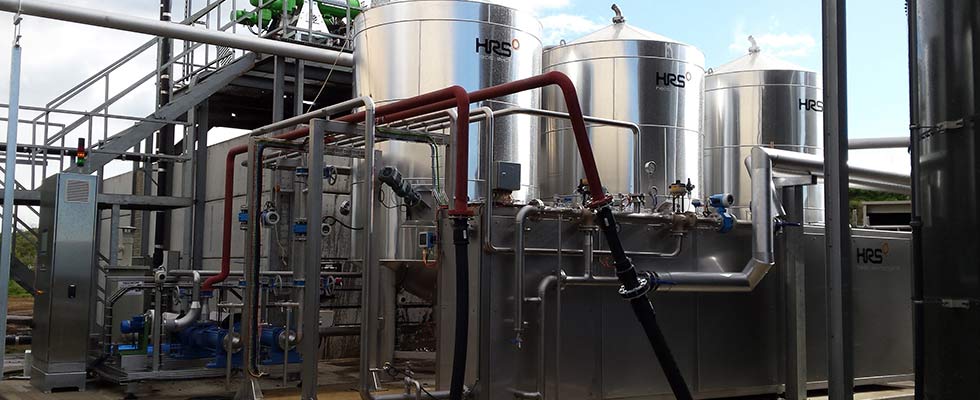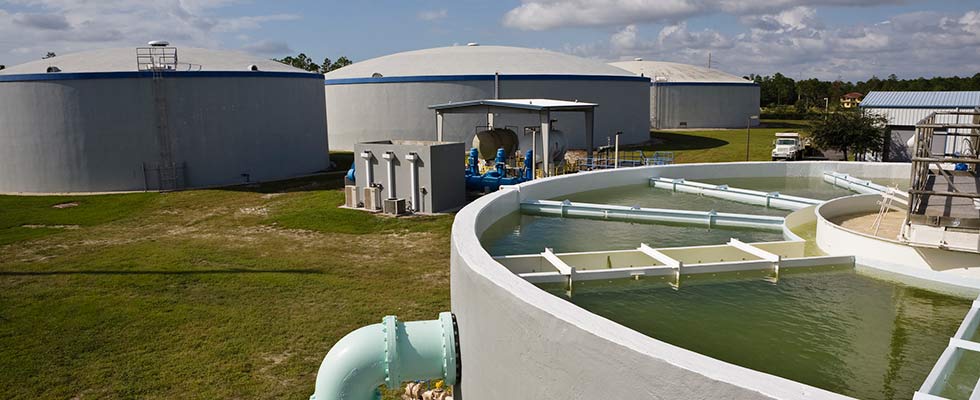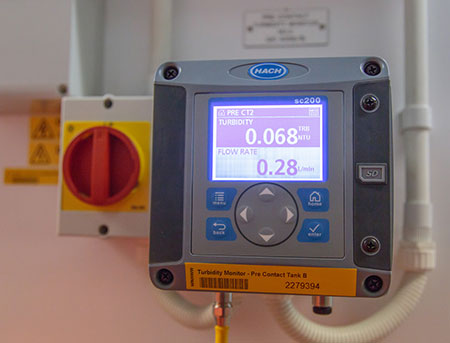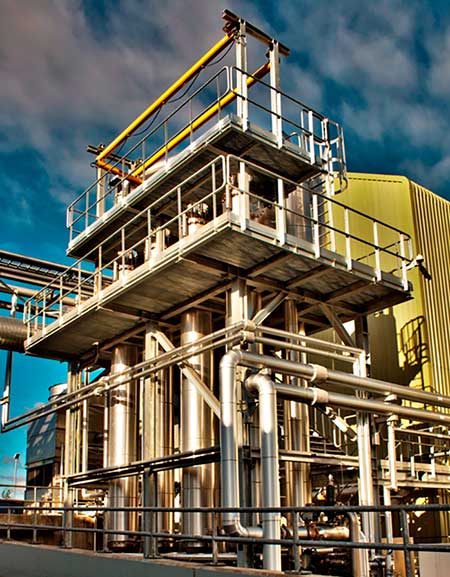
The world faces an unprecedented combination of water security and resilience challenges. These challenges include population growth, increasing urbanization, a decline in traditional sources of water and water scarcity driven by climate change. Globally, the United Nations1 estimates that some 3.6 billion people (almost half the world’s population) live in areas that are vulnerable to water scarcity and that almost 2 billion people could suffer water shortages by 2025.
To overcome these challenges, the water sector needs to adopt new technologies and ways of working, many of which may be disruptive when compared to traditional methods of water supply and wastewater treatment. Around the world, several disruptive technologies that could have widespread positive impacts in the water industry have been identified, including digital technologies, water reuse, resource recovery and energy self-sufficiency.

Digital Technologies & Digital Water
With the “smart” water market estimated at $30 billion globally, it is no surprise that exploiting data to improve insight and decision-making and using that insight to improve process and efficiency is a key priority. The monitoring and optimization of wastewater treatment, and sewer and sewage monitoring, have been identified as opportunities where water and sludge treatment technologies can be updated and improved.
By 2025, about 80% of utilities in large cities of advanced countries, and half of the utilities in large cities of developing countries, are expected to have water supply systems that incorporate digital water features like advanced metering. Another developing area is using satellite data to monitor catchments and water distribution systems, and it is reported that such systems can identify leaks as small as 6 cubic inches per minute (in³/min).

However, digital water requires a whole-system approach and will not reach its full potential if only a few isolated smart systems are introduced. To truly deliver savings in water use and energy, water companies must completely digitize their supply chains and wastewater infrastructure, deploying sensors in the field and using electronic flow meters throughout the system, including at a user level. One of the key potential benefits of increased digitization in the water sector, as well as reduced water use and improved demand balancing, is reduced energy use through improved efficiency.
Water Reuse
Various factors including increasing population, greater environmental demands to preserve and protect water sources, and climate change mean that alternative sources of clean and potable water need to be used. Increased use of rain capture and brown water reuse for cleaning and toilet flushing has been seen in many buildings, but there is increasing interest in treating wastewater streams to make them potable and immediately returning them to the water supply system (direct reuse), rather than returning treated wastewater to the environment through river systems and aquifers (indirect reuse).

Several technologies already exist to enable wastewater to be processed into potable water, and as the economics of water abstraction and availability change, these will become more widespread. To become widely adopted, society will need to accept the idea that suitably treated wastewater is a desirable source of usable potable water. This is not to say that it cannot be successfully achieved, as has been seen with projects in several U.S. states, as well as Israel and Australia.
Resource Recovery
Resource recovery is a key aspect of a truly circular economy. Not only are there the economic and environmental benefits from the products themselves, but every cubic foot of recycled or reused water results in a corresponding reduction in mains water demand and wastewater discharge. There are also benefits in terms of the energy and carbon footprints associated with material recovery when compared with primary extraction and processing, together with further environmental benefits arising from reduced waste disposal impacts.

As far as the wastewater industry is concerned, nutrients such as phosphorus from struvite are the prime contenders for nutrient recovery, although as the sector moves toward direct potable water reuse and advanced technologies are adopted to remove a wider range of chemical compounds, the number of these that can be recovered and used elsewhere will also increase. Other valuable compounds that are beginning to be recovered include ammonia nitrogen and sodium-based products.
One of the most important processes is evaporation, which is used both to concentrate residues sufficiently to allow their economic extraction and as part of the water purification process. However, many of the processes involved can have a high energy requirement, and fouling is a real concern during these processes. Scraped-surface heat exchangers are used to maintain thermal efficiency and remove fouling as it occurs. Coupled with coolers and custom-designed crystallization tanks, an efficient process that can work continuously becomes possible.

Energy Self-Sufficiency
Another form of resource recovery is the recovery of energy from wastewater streams. While anaerobic digestion is widely recognized as a water treatment technology around the world, its capacity for energy generation (either using combined heat and power production or to produce sustainable biomethane gas) is less developed.
Ambitious goals for sustainable development will mean that wastewater treatment plants (WWTPs) will need to achieve net-zero carbon balances by 2030. Achieving this will require recovery of the energy contained in the incoming wastewater streams and using this to provide the heat and power necessary for wastewater treatment and solids handling. It has been estimated that at present, most WWTPs can produce 20% to 25% of their own energy requirements in this way.
Therefore, increasing energy production at WWTPs will be critical to making the sector self-sufficient in terms of energy. But on its own, it is unlikely to be sufficient to meet the net-zero goals. Reduced energy consumption using new and more efficient processes will also be required. Sludge processing and energy efficiency are intrinsically linked.
The challenges that the water and wastewater sectors face over the next couple of decades should not be underestimated. Water supplies will need to move from relying on traditional freshwater resources toward sustainable diversified portfolios, and novel and disruptive technologies will need to be implemented. However, existing technologies and simple principles (such as maximizing efficiency at every opportunity) will also have important roles to play. With a mixture of established and new technologies, the water industry is well placed to become more sustainable and a cornerstone of the wider circular economy.
References
Voutchkov, N.: Disruptive Innovation in the Water Sector. thesolutionsjournal.com/2020/05/14/disruptive-innovation-water-sector/

